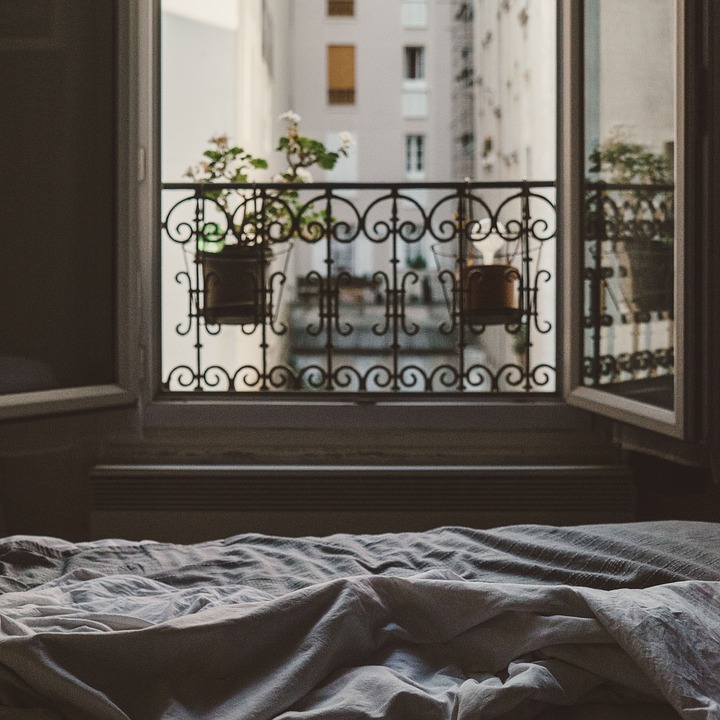Introduction
The use of vertical gardens or living walls has become increasingly popular in recent years as a way to transform interior spaces. Vertical gardens are not only aesthetically pleasing but also offer numerous benefits such as improved indoor air quality, increased productivity, and enhanced well-being. This article explores the concept of vertical gardens, their benefits, and how they are reshaping interior design.
The Benefits of Vertical Gardens
Vertical gardens are a unique way to bring nature indoors. They consist of living plants arranged in a vertical fashion, often on walls or freestanding structures. These gardens not only enhance the visual appeal of interior spaces but also contribute to a healthier living environment.
One of the main benefits of vertical gardens is their ability to improve indoor air quality. Plants naturally absorb carbon dioxide and release oxygen, helping to purify the air. This can be particularly beneficial in urban areas where air pollution levels are high. Vertical gardens act as natural air filters, reducing allergens and pollutants, and creating a fresher and healthier atmosphere indoors.
Moreover, studies have shown that being close to nature and greenery can have a positive impact on our well-being and mental health. Vertical gardens provide a connection to nature even when you’re inside, creating a calming and serene ambiance. Being surrounded by plants has also been linked to reduced stress levels and increased productivity.
The Design Potential of Vertical Gardens
Vertical gardens offer endless design possibilities. With a variety of plant choices, different color schemes, and the option to incorporate additional elements such as water features or artwork, vertical gardens can truly transform any interior space.
These gardens are not limited to large-scale installations; they can also be adapted to smaller spaces. Even a single wall or a corner can be converted into a vertical garden, adding a touch of nature to an otherwise plain area. The flexibility of vertical gardens allows designers to create unique and personalized spaces that reflect the owner’s personality and style.
Vertical Gardens in Different Settings
Vertical gardens can be implemented in various settings, ranging from residential homes to commercial spaces. In residential settings, vertical gardens can be used to create a focal point, add a splash of color, or even separate different areas within a living space.
In commercial settings, vertical gardens are increasingly being embraced as a way to enhance the customer experience. Retail stores, offices, and restaurants are incorporating vertical gardens into their design to create a welcoming and refreshing atmosphere for their visitors. These gardens can also help reduce noise levels, enhance thermal insulation, and contribute to energy savings.
FAQs
Can I install a vertical garden in my apartment?
Absolutely! Vertical gardens are versatile and can be adapted to fit any space, including apartments. There are various systems available that are specifically designed for indoor use and require minimal maintenance.
Which plants are suitable for vertical gardens?
Many plants can thrive in vertical gardens, but it’s important to consider factors such as lighting conditions and the specific requirements of each plant. Some popular choices include pothos, spider plants, ferns, and philodendrons, which are known for their adaptability and low maintenance needs.
How do I maintain a vertical garden?
Maintaining a vertical garden usually involves regular watering, pruning, and occasional fertilizing. However, the maintenance requirements may vary based on the chosen plant species and the specific system used for the vertical garden. It’s important to understand the needs of your plants and consult experts if needed.




